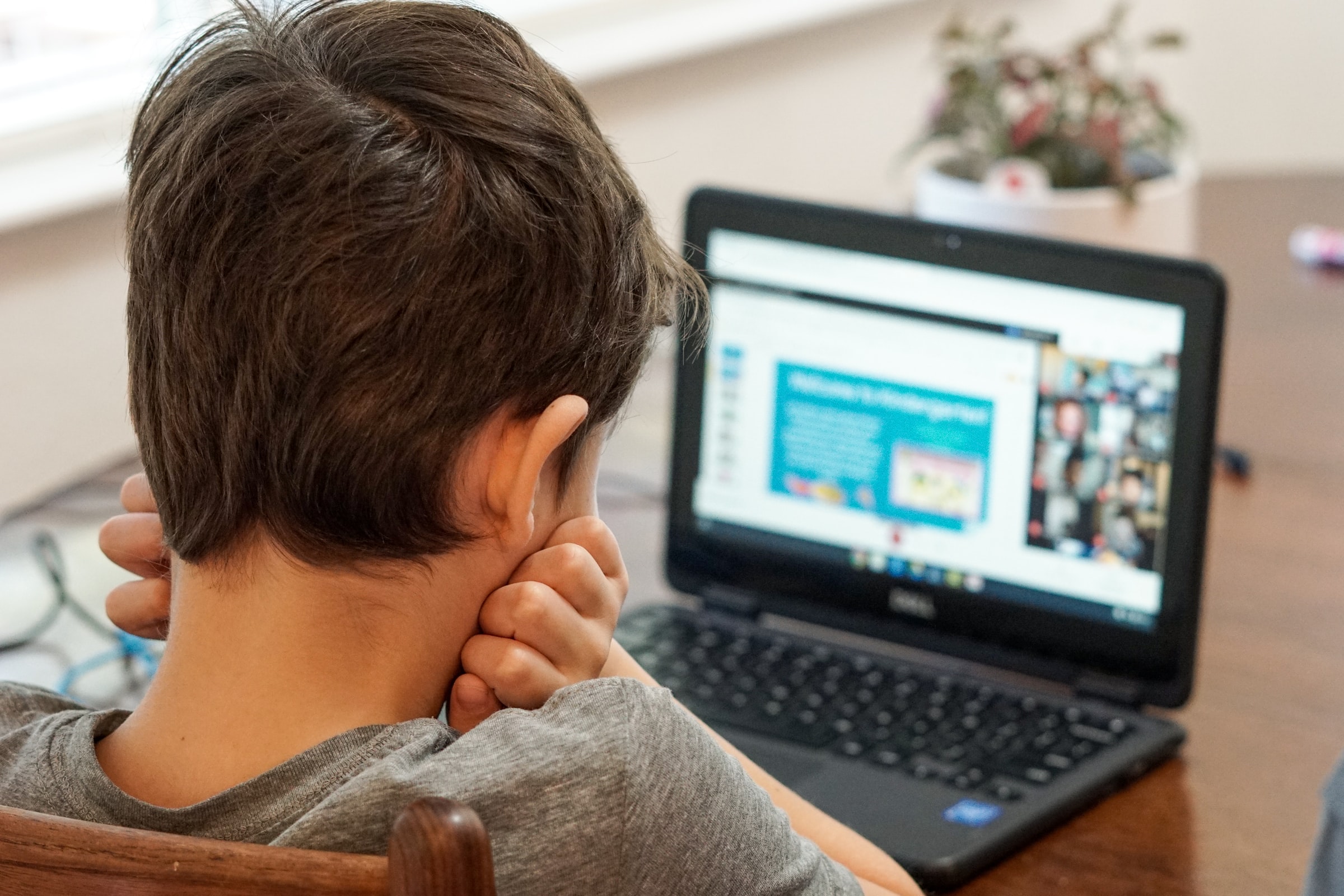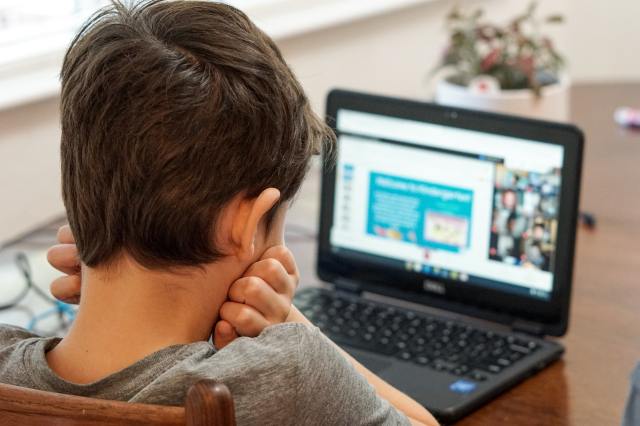
Social media is overflowing with first day of school photos of our children sitting at their Instagram-worthy desks ready to learn from home. We’re all smiling for the camera, but behind the scenes the reality might be a wee bit rockier. We’re entering a school year full of uncertainty, but there’s one thing I know for sure: Transitioning to remote work is no joke.
At my job, I’ve been working remotely and managing fully-remote teams for four years. As a mom, I’m now also managing two boys who are tackling school work full time from home. Unlike in the spring when this remote learning experience was just getting started, teacher expectations are higher this fall. My children are expected to join Zoom calls for 4-5 hours each day and fully participate with cameras on.
What I’ve observed with my children and their friends is they are struggling with the transition to remote work in ways that mirror what I’ve seen in employees when they start a remote job for the first time. Adult or child, going remote is a huge transition that requires some trial and error to find what works best for you. Here are some common issues I’ve seen during the transition to remote work and how I’ve coached my employees through these rough patches. The same advice can help our kids with their own transition.
1. Lack of Focus: When you’re working from home it’s so easy to get distracted. Your dog looks like he needs a cuddle, there’s a message alert on your phone, and your neighbors are cutting their lawn. It’s hard to stay focused when there’s so much going on around you.
I’m a huge fan of old-fashioned to-do lists to help stay on track. Your child can keep a notebook or planner by their computer and before they start their day, encourage them to take a few minutes to list out what they want to accomplish that day. It could be just showing up on time to all their classes, completing homework assignments or volunteering to speak in classes.
For my own to-do list, I like to list things in order of importance so that when I start to drift away, I can use my list to center myself and remind myself of what I most want to accomplish. And don’t forget to cross things off your list as you go along. The very act of crossing something off your to-do list gives your brain a positive jolt that can help energize you for the next task.
There’s also a more high-tech solution to building focus that I recommend: noise-canceling headphones. These days it’s not unusual for four members of my family to be on Zoom calls simultaneously. Talk about a distraction! My noise-canceling headphones are my favorite pandemic purchase. They help me tune out most of the distractions when I need to concentrate.
2. Missing Social Interactions: Whether you’re transitioning from an office or a classroom, moving to full-time remote means missing out on in-person social interactions. I’ve seen this drawback of remote work be the hardest part of the shift for more social people. For others, it’s not a big deal at all. There’s no substitute for those spontaneous conversations that happen in the lunchroom or hallway, but there are some things you can do to make sure your children are still socializing and creating bonds if they’re missing them.
As an overtaxed parent, you may not like this advice, but you probably need to schedule time for your kids to chat. At my current job, we schedule virtual “coffee talks.” These informal get-togethers give us a chance to catch up and chat about anything and everything.
For kids, you can schedule calls with remote tools like Zoom or FaceTime so they can meet up with a few of their friends during their lunch break. While they eat, they can still have those relaxed conversations they’d have in the cafeteria or recess. Yes, it’s more screen time, but talking socially can be a real pick-me-up to help you power through the rest of your day.
3. Zoom Fatigue is Real: Simply put, staring at a screen all day really wipes you out mentally.
It’s important to take advantage of the breaks you get. I recommend that my employees don’t spend the five minutes between Zoom calls surfing the web or checking their emails. It’s important to get up out of your seat and move. Walking around is great, but don’t stop there. Throw in a few jumping jacks, air squats, or push-ups to shake off the mental fatigue.
Here’s the Thing: At work, I’ve seen some people transition to remote work almost seamlessly. They’re focused, productive, and happy working remotely. Others struggle and ultimately give up on it. Our kids are the same. Some will thrive and others will struggle. There’s no magic solution that will work for all children. This transition to remote learning requires patience, creative thinking, and kindness. Through trial and error, hopefully, your children will find their own version of remote work that works for them.











